The Iranian tradition of Chaharshanbe Suri, celebrated before the arrival of spring and the Persian New Year, is a unique blend of ancient rituals and cultural practices. With its origins shrouded in mystery and interpretation, the significance of this celebration lies in its symbolic representation of shedding the old and welcoming the new.
Iran (IMNA) - Chaharshanbe Suri, a prelude to the Nowruz festival, marks the end of cold days and invites people to usher in warmth and energy for the upcoming year. The act of jumping over fire is the most iconic tradition, symbolizing the exchange of one's weakness for the strength of the fire. This ritual is accompanied by chanting, "Zardi-ye man az to, sorkhi-ye to az man," which translates to "My yellowness (weakness) is yours, your redness (strength) is mine."
The Flames of Transformation: Chaharshanbe Suri's Fire Jumping and the Myth of Siavash
In unison, as the moon ascends, families gather around these fiery altars, their hearts ablaze with anticipation. One by one, they leap over the purifying flames, invoking the ancient myth of Siavash, the noble prince who traversed the inferno unscathed due to his purity. This act, a symbol of warding off diseases and embracing wellness, is accompanied by the resonant chant, "My yellowness is yours; your redness is mine."
The ritual does not end with the cessation of the flames. Iranians believe that the ashes of the purified shrubs should not be extinguished but rather collected and carried to a crossroads. The bearer, upon returning to their abode, knocks loudly, initiating a dialogue that symbolizes the exchange of health and happiness.
"Who is it?" "It's me." "Where have you come from?" "From a wedding." "What have you brought?" "Health."
As the door swings open, the bearer of health and happiness steps inside, inviting the blessings of the new year to permeate the home. In the hearts of the Iranian people, this tradition embodies the belief that illness and sorrow shall be vanquished, making way for a year filled with health and happiness.
Unraveling the Mystery Behind Chaharshanbe Suri Pot-Breaking Tradition
In a unique blend of culture and tradition, cities across Iran also partake in an unusual ritual during the festivities of Chaharshanbe Suri - breaking pots. This peculiar practice is believed to have originated from the notion that misfortunes would be trapped within the pot, and by shattering it, bad luck would be eliminated and misfortune averted.
While the core belief remains consistent, the execution of this ceremony varies across different regions of Iran. In Tehran, for instance, people would place a few coins within the pot, and until recently, they would gather at the drum house, breaking their pots in unison with the drumming to dispel any misfortune or calamity from their homes and families. In some cases, they would recite the verse, "Pain and misfortune, go into the pot, go into the alley."
In Khorasan, the pots would contain charcoal, salt, and coins, symbolizing a blend of protection and prosperity. Each family member would circle the pot over their head, transferring any bad luck and unfortunate events to the pot before discarding it from the rooftop to the alley. In Arak and Ashtian, barley grains were added to the pot, possibly signifying growth and renewal.
Some experts suggest that this tradition may have stemmed from hygienic principles. Given that unglazed pottery vessels were prone to contamination, they could not be effectively cleaned. Ancient Iranians believed that for hygienic reasons, clay vessels should not remain in a house for more than a year. Consequently, on the night of Chaharshanbe Suri, they would destroy all the pottery in their homes. This act not only upheld hygienic practices but also contributed to the growth of the local pottery industry.
Other Traditions of Chaharshanbe Suri
Another significant custom is Ghashogh Zani, where children and sometimes adults disguise themselves and go door to door banging pots and pans with spoons. This tradition, similar to Halloween's trick-or-treat, symbolizes beating out the last unlucky Wednesday of the year.
Falgoosh, or fortune listening, allows people to venture outdoors and interpret conversations as omens or predictions for their future. This practice is based on the belief that the supernatural forces present on Chaharshanbe Suri can reveal one's destiny.
Preparing special foods like Ajeel-e Moshkel Gosha and Ash soup is also an essential part of the celebration. These dishes symbolize warmth, health, and good fortune for the upcoming year.
In recent times, the use of fireworks and small explosives has become more common, adding to the festive atmosphere. However, this practice is often discouraged due to safety concerns.
Chaharshanbe Suri is not only a time for celebration but also a reflection of the deep-rooted cultural and spiritual beliefs of the Iranian people. Through these customs and traditions, they symbolically purge the old and welcome the new, fostering a sense of unity and hope as they prepare for the Persian New Year.
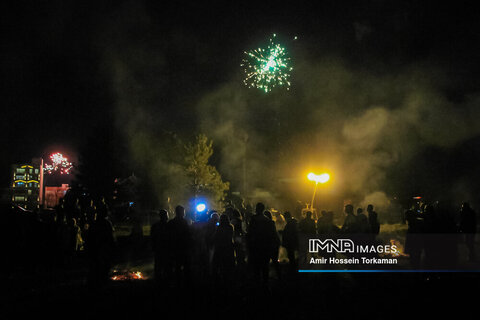
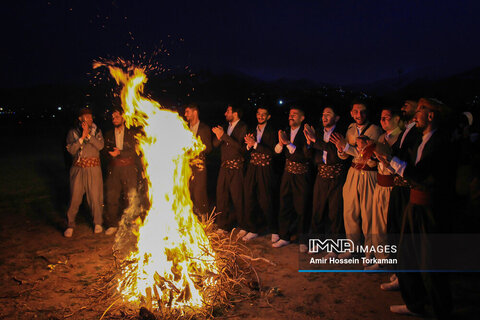
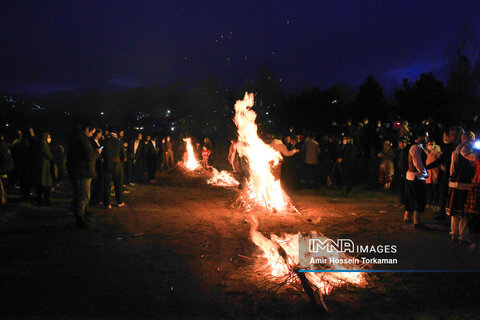


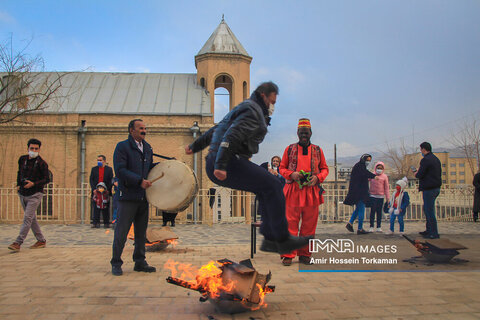
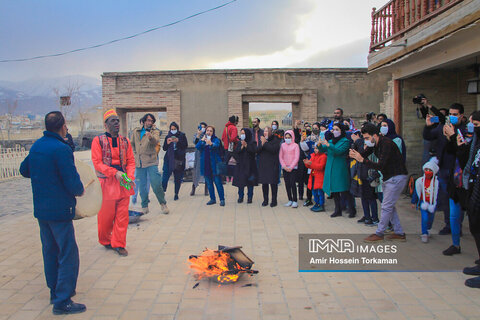


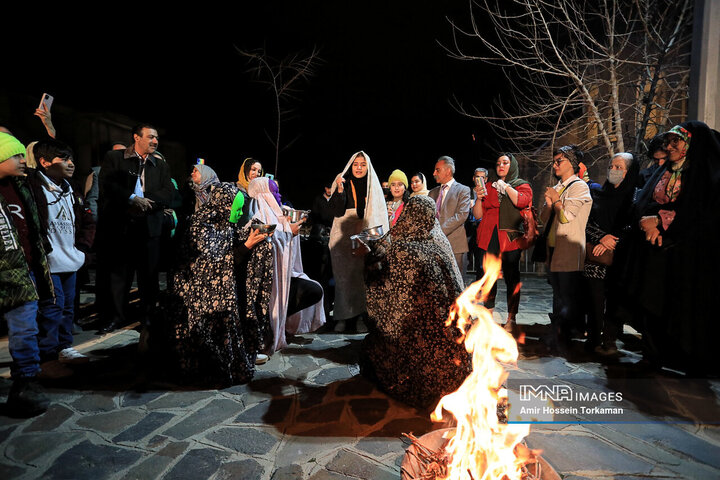
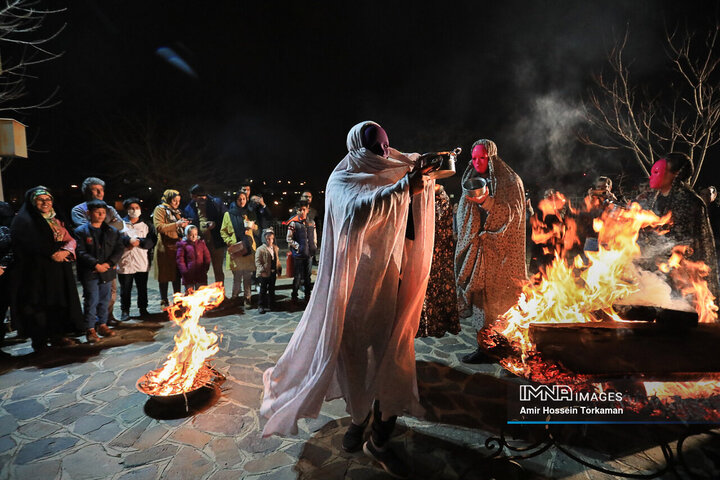
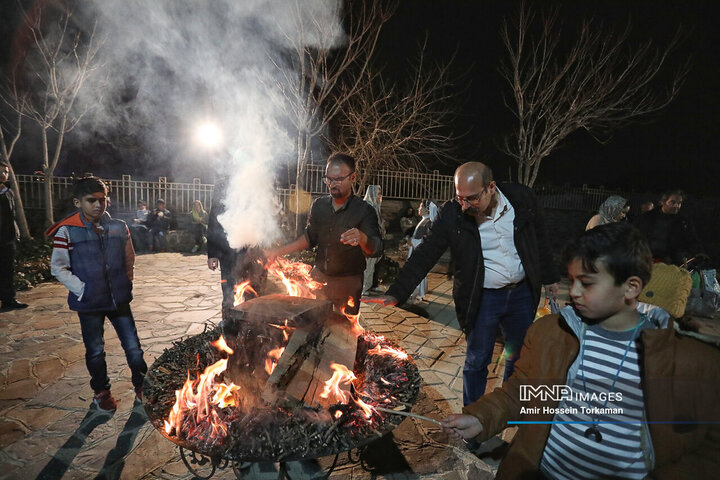
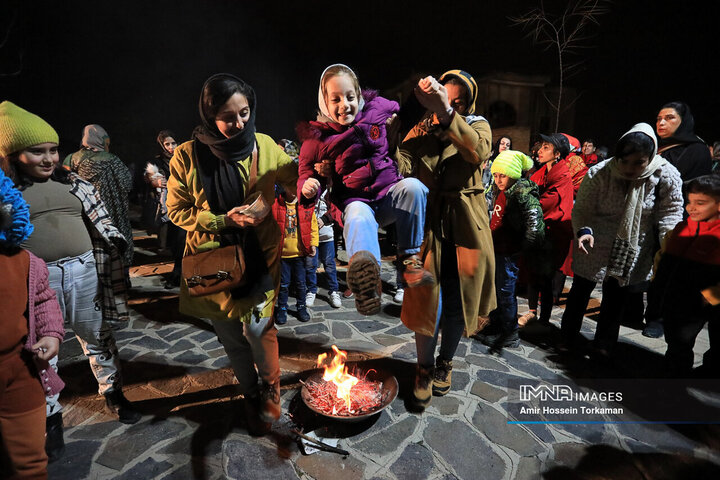
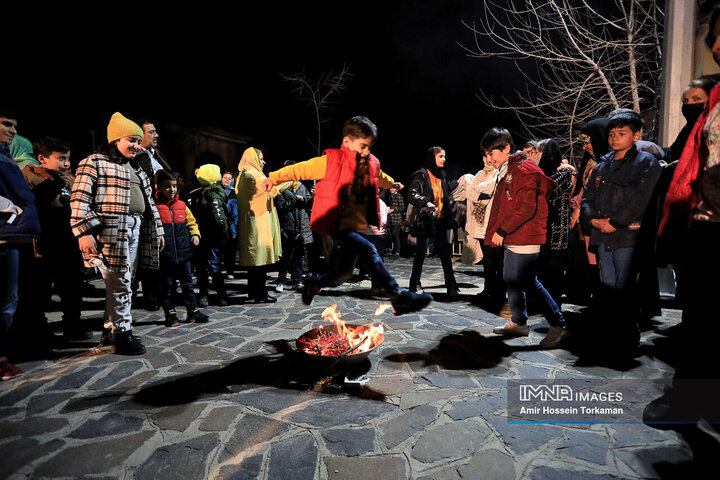

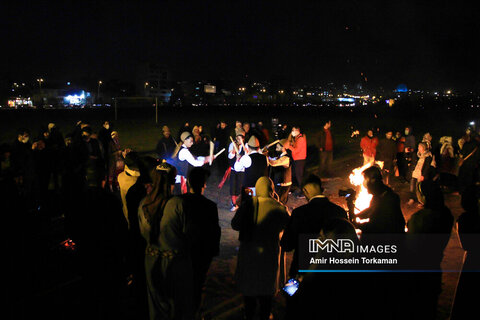
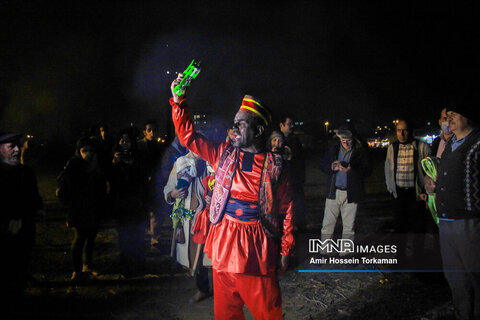

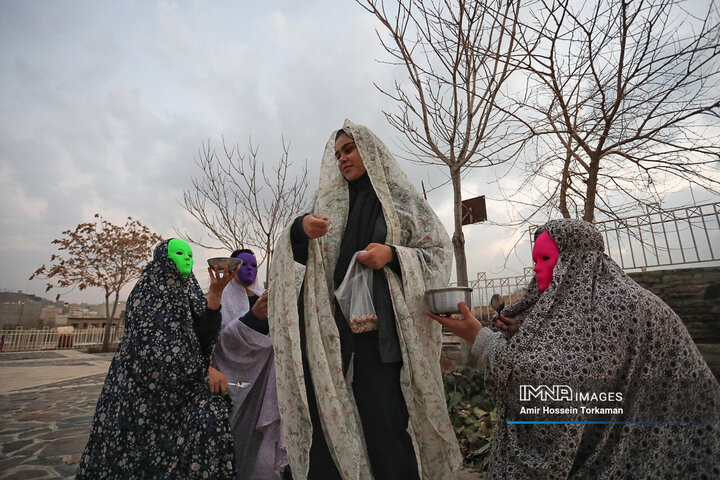
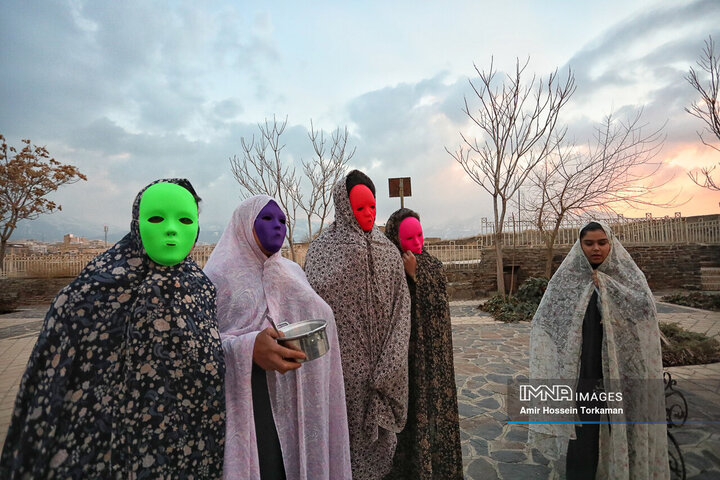
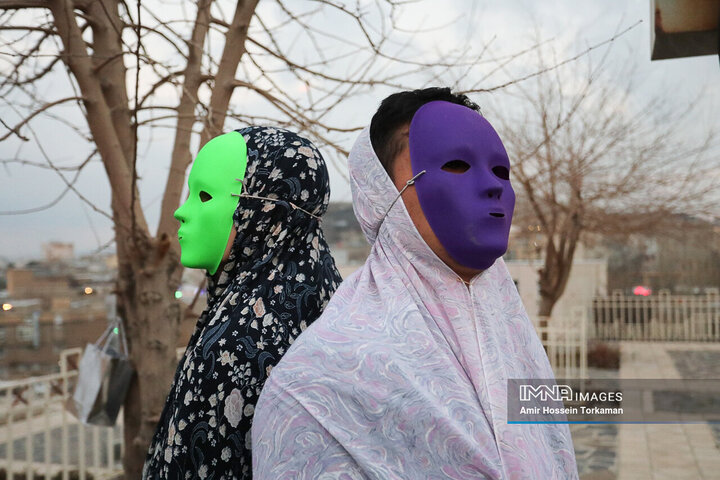
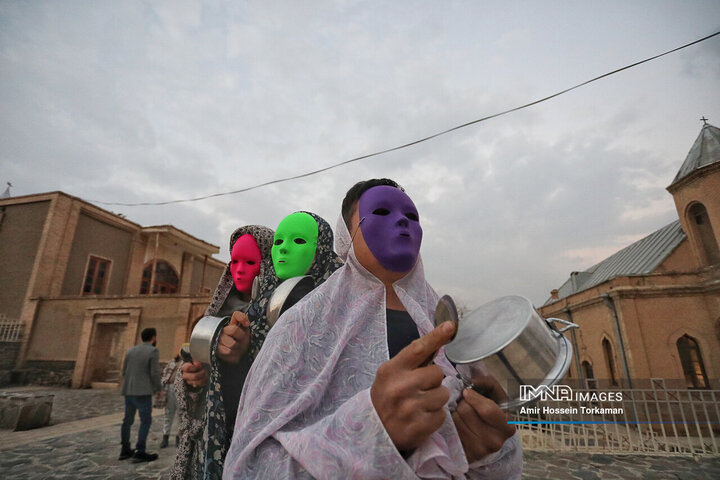
Your Comment